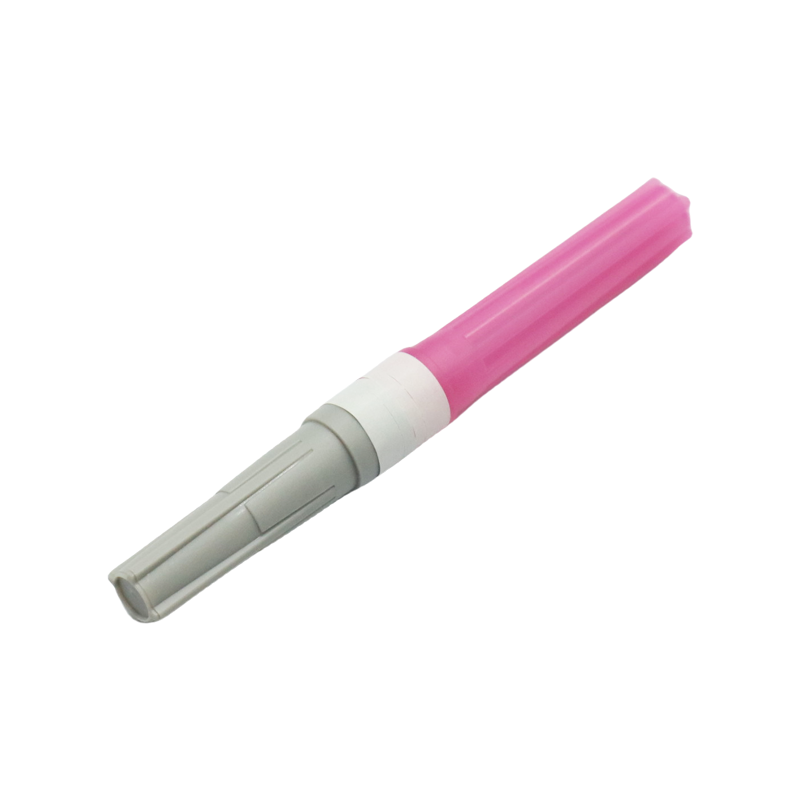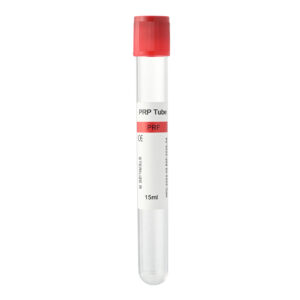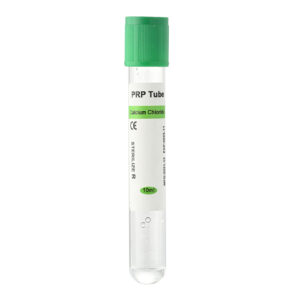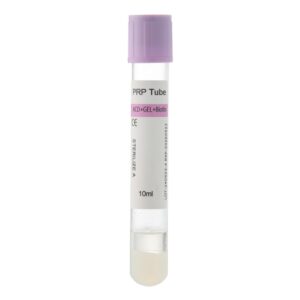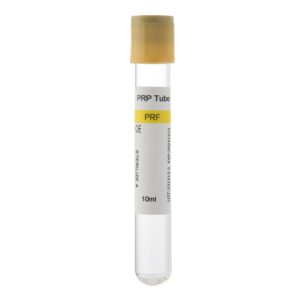In modern medicine, various types of needles play a critical role in a wide range of medical procedures. Straight Needles are commonly used due to their simple yet effective design, making them an essential tool in numerous healthcare applications. This article provides a comprehensive overview of Straight Needles, detailing their definition, uses, advantages, specifications, and how to select high-quality products.
Definition and Structure of Straight Needles
Straight Needles are a type of needle that features a straight shaft without bends or curves. Their structure is simple, typically composed of three main parts:
- Needle Tip: The tip is sharpened to a high degree through precision grinding, allowing it to penetrate skin or tissue easily.
- Needle Shaft: This is the straight, main body of the needle, made from durable materials such as stainless steel to ensure rigidity and stability during use.
- Needle Hub: The hub connects the needle to other medical devices, such as syringes. It is usually made of plastic, ensuring a secure and stable attachment.
Compared to curved needles, such as butterfly or angled needles, Straight Needles offer a straightforward design that enhances precision and ease of use in various medical procedures.
Main Applications of Straight Needles
Straight Needles are widely used across different medical settings, ranging from simple injections to more complex tissue sampling. Here are some typical applications:
Intravenous Injections and Blood Draws
Straight Needles are often used for venipuncture, whether for administering medication or drawing blood. Their sharp, straight design enables healthcare providers to access veins quickly and accurately, reducing the need for multiple punctures and enhancing patient comfort.
Subcutaneous Injections
Needles are the preferred tool for procedures like insulin injections or vaccinations. Their simplicity and ease of use make them ideal for frequent injections, particularly for patients who require regular treatments.
Intradermal Injections
For shallow injections, such as allergy tests or local anaesthetic administration, Needles offers excellent control over injection depth, ensuring precise delivery of medication just beneath the skin.
Tissue Sample Collection
Straight Needles are also used to obtain samples for diagnostic purposes. Whether for drawing blood or extracting tissue fluids, they provide a reliable tool for laboratory analysis.
Surgical Suturing
In surgical or emergency settings, Straight Needles serve as suturing tools for closing wounds or repairing tissues. Their straight design allows for precise handling, critical for proper wound healing.
Unique Advantages of Straight Needles
Compared to other types of needles, Straight Needles offer several distinct advantages in various medical procedures:
High Precision
The straight design ensures accurate puncture and movement control, especially in intravenous or subcutaneous injections, reducing the likelihood of errors or patient discomfort.
Ease of Operation
Straight Needles are intuitive, making them easier for healthcare providers to handle, particularly in high-pressure or emergencies where speed and accuracy are essential.
Versatility
Whether used for injections, sample collection, or suturing, Needles can accommodate a wide range of medical needs, making them a staple in hospitals, clinics, and other healthcare environments.
Reduced Trauma and Pain
The sharpness of Straight Needles minimizes tissue damage during punctures, which helps reduce patient discomfort and lowers the risk of infection, promoting faster recovery.
Specifications and Types of Straight Needles
Straight Needles are available in various sizes and types and are designed to meet the specific needs of different medical procedures. The key factors that distinguish them include:
- Gauge (G): This refers to the needle’s diameter, with common sizes being 18G, 20G, 22G, and 25G. A lower gauge number indicates a thicker needle, while a higher number represents a thinner needle. The gauge selection depends on the procedure—larger needles are used for blood draws, while smaller ones are suitable for subcutaneous injections.
- Length: Needles come in different lengths, depending on the depth required for the injection or sampling. Short needles are often used for surface-level injections, while longer needles may be needed for deeper tissue access.
How to Choose High-Quality Straight Needles
The quality of Needles significantly impacts the safety and effectiveness of medical procedures. To ensure the best results, consider the following factors when selecting needles:
Material
High-quality Straight Needles are typically made from substantial stainless steel, ensuring they maintain their rigidity during use. Stainless steel also offers resistance to rust and corrosion, reducing the risk of needle breakage during procedures.
Manufacturing Process
The grinding and treatment of the needle tip and shaft affect the smoothness of punctures. Needles produced with high-precision techniques provide sharper tips and reduced friction, leading to less tissue damage and pain for the patient.
Sterile Packaging
As disposable medical devices, straight needles must be placed in sterile packaging to prevent cross-contamination and infection. Look for products that have undergone rigorous sterilization processes and are sealed in tamper-proof packaging.
Brand and Certification
Selecting needles from reputable brands that adhere to international medical standards, such as ISO and CE certifications, is crucial. This ensures the product’s reliability and safety during clinical use.
Safe Use Guidelines for Straight Needles
Proper use of Needles is essential for patient safety and procedure success. Healthcare professionals should adhere to the following guidelines:
Aseptic Technique
Always wear sterile gloves and use disinfected tools when handling Needles to minimize the risk of infection.
Appropriate Needle Selection
Choose the correct gauge and length based on the patient’s condition and the procedure. Using the wrong size can lead to complications or increased discomfort.
Single Use Only
Needles are designed for single-use applications and must be disposed of immediately after use to prevent cross-contamination.
Proper Disposal
After use, discard the needle in a designated sharps container to avoid accidental injury or environmental contamination.
Conclusion
Straight Needles are an essential part of medical consumables, offering versatility and precision in various medical procedures. Understanding their structure, uses, advantages, and how to select the correct needle can enhance the safety and effectiveness of medical care. By choosing high-quality needles, healthcare professionals can ensure smooth operations and improved patient outcomes.

